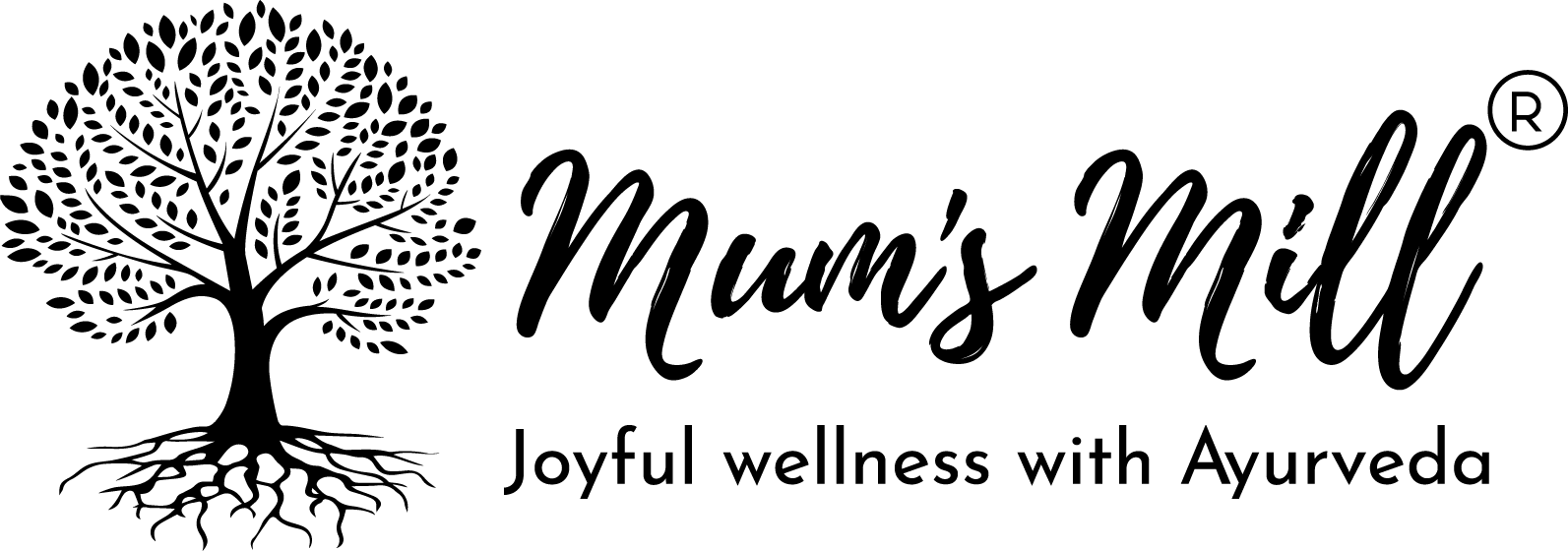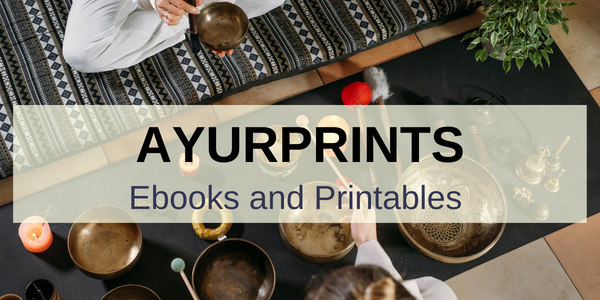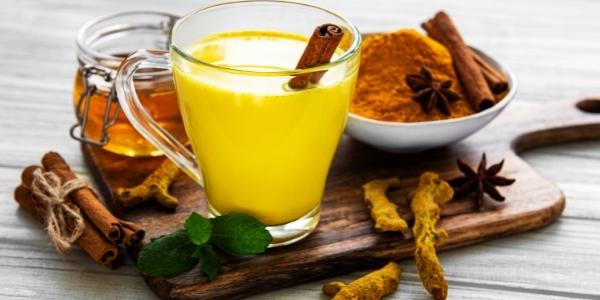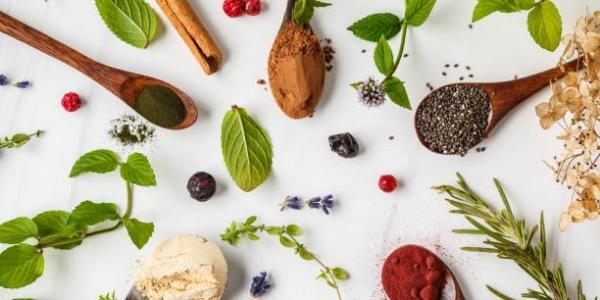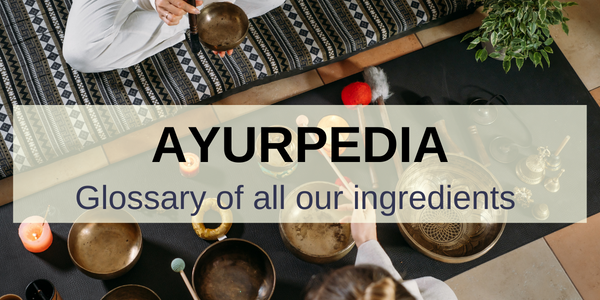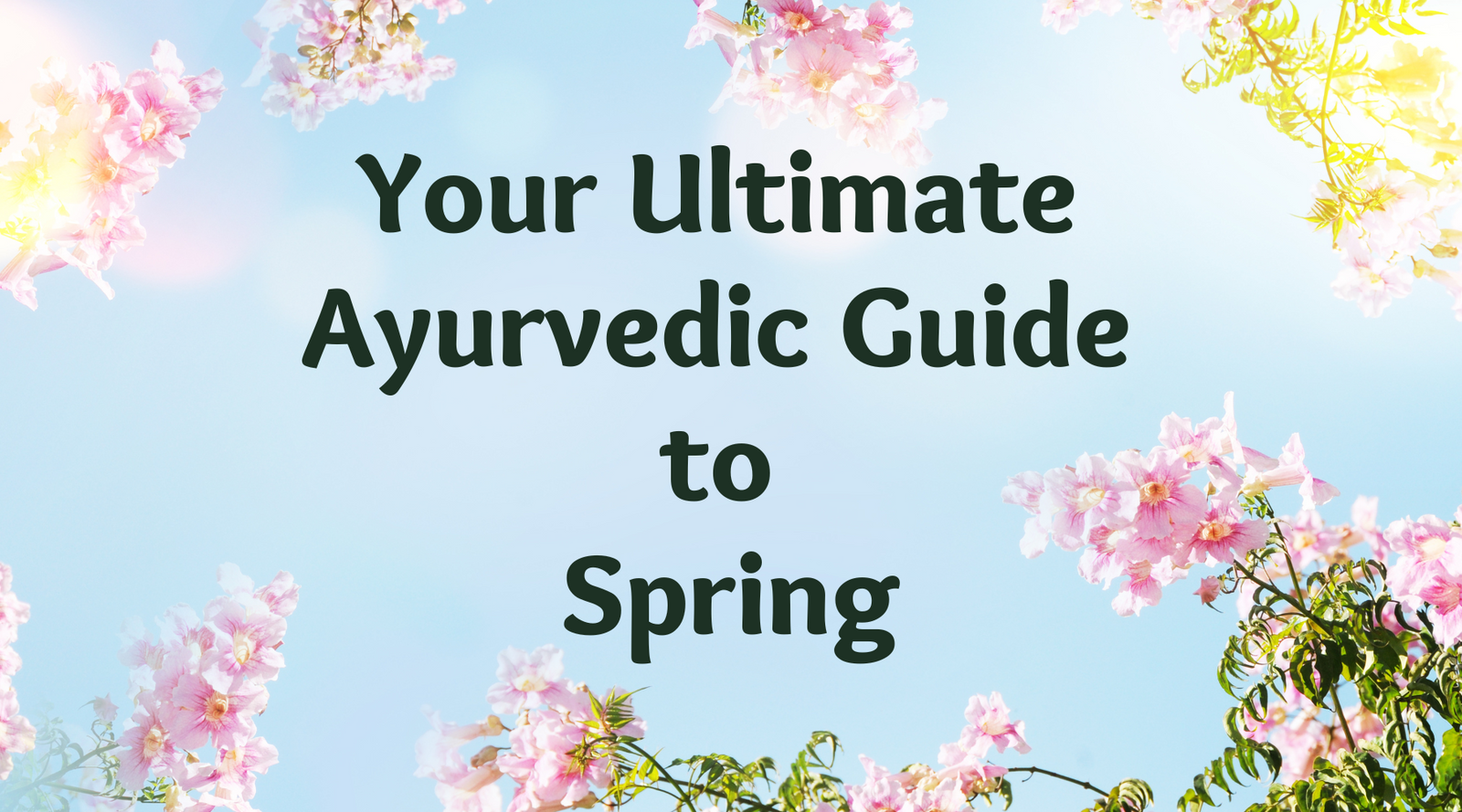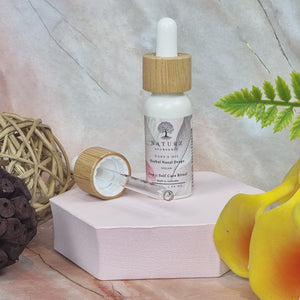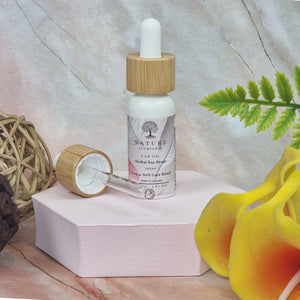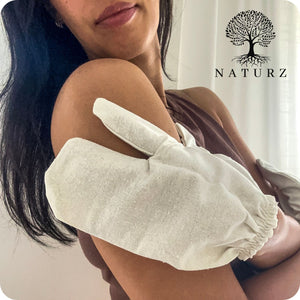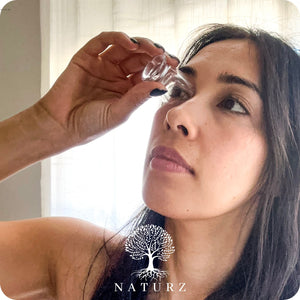
What is Dinacharya?
Ayurveda is the eternal science that speaks about living a healthy lifestyle. Ayurveda's goal is to keep healthy people well and to cure ailments. Dinacharya is one of the strategies for achieving one of these goals of sustaining health.
Dinacharya is derived from the Sanskrit terms 'Dina' and 'acharya'. Din translates as 'daily' and acharya translates as 'practice or routine.' People are creatures of habit, and structure and organization provide a means of promoting health and wellness.
Dinacharya is commonly used to refer to behaviors such as rising early in the morning and cleaning one's teeth, however in Ayurveda, these behaviors are accompanied by specific processes such as Nasya, Tambula, Abhyanga, and Snana. However, it contains a deeper meaning. Dinacharya is a comprehensive list of health practices that must be followed consistently to maintain a healthy balance of Dosha, Dhatu, Mala, and Agni.
The significance of dinacharya
- Dinacharya, when correctly practiced, assists in restoring balance to an individual's constitution and hence in regulating the biological clock.
- It facilitates digestion, absorption, and assimilation, as well as cultivates discipline, tranquility, happiness, and longevity.
- Following Dinacharya is critical since it can help prevent many lifestyle disorders. Ayurveda is a science of life that focuses on restoring an individual's health rather than on treating sickness.
 |
 |
 |
What falls under the category of Dinacharya?
Awakening During the Brahma Muhurta
Brahma muhurta is the fourteenth muhurta of ratri, approximately 96 minutes before sunrise when the environment is tranquil and oxygen-rich due to the plants' intermittent period of respiration and photosynthesis. Thus, this period is deemed suitable for studying and reviving the individual's vitality.
Wastes Evacuation
According to Ayurveda, early morning is the best time for waste evacuation. Vata dosha which controls the pelvic organs of the body is most active during this time. Hence, it naturally leads to satisfactory waste evacuation.
It is recommended to drink water stored in a copper pot after waking up, as this water helps to stimulate the colon and leads to efficient elimination.
Ayurvedic Teeth Cleansing
Ayurveda recommends toothbrushes called datum, made from small juicy twigs from trees like neem, gular, etc. Otherwise, you can brush your teeth with a soft brush and an astringent, pungent, and bitter toothpaste, or tooth powder.
It is necessary for maintaining optimum health. Traditionally, products with sweet, salty, or sour tastes were not recommended for oral cavity cleaning, as Ayurveda believes that mouth disorders are mostly caused by Kapha dosha.
Whereas ,the use of bitter tooth cleansing juice like neem helps to activate the salivary glands and exerts a strong antimicrobial impact on the oral cavity. As a result, this will aid in the prevention of most oral disorders.
Tongue Scraping
Following brushing, tongue scraping is recommended to help eradicate poor odor, suboptimal taste sensation, or tastelessness. This cleansing procedure not only removes oral debris from the tongue surface but also aids in promoting appetite by enhancing the taste receptors.
Face Washing
Following that, the lips, face, and eyes should be cleaned with cold water or an Indian gooseberry powder decoction.
Washing the eyes early morning promotes eye health and prevents inflammation. In fact, washing your eyes with Triphala soaked overnight in water can bring amazing eye health benefits.
Ideally, you should wash your face with cold water. In any kind of weather, you must avoid sprinkling eyes with hot water.
Mouth/Oil Pulling
Ayurvedic oral cleansing contains two important procedures - Gandush (fluid retention) and Kavala(gargling).
Gush is the practice of daily filling the mouth with oil or medicinal water and holding it until the eyes begin to water. When done daily, this practice improves the sense of taste and keeps the voice clear. Additionally, it helps prevent dental decay, gum bleeding, and cracked lips, as well as strengthens the teeth and jaw.
Kavala is the act of holding the liquid in the mouth, gently swishing it around inside the mouth, and then spitting it out. It is typically performed using decoctions and aids in digestion and prevents excessive salivation in the mouth.
Gush penetrates deeper layers of the oral cavity and is suitable for the prevention and cure of severe oral disorders. On the other hand, kaval is more suitable for a quick and thorough oral cleaning.
Collyriums Application
The Eyes are the most precious of all sense organs. Hence, Ayurvedic kajal or collyrium is a priceless health practice specifically for eye health. It aids in avoiding the sensation of burning, itching, and watering of the eyes.
Ayurveda offers many varieties of collyriums two important ones are Souvira Anjana and Rafsanjani
- Souvira Anjana is a form of collyrium that can be used daily and aids in the maintenance of eyesight and overall eye health.
- Rafsanjani is supposed to be used once a week.
Use of Karuna Purana (Ayurvedic ear Drops)
Use of Nasya (Ayurvedic Nasal Drops)
Inhalation of Herbal Smoke
Dhumapana is the practice of inhaling medicinal smoke through the mouth. Herbal smoke should be breathed through the mouth and expelled solely through the mouth, as the inhalation through the nose may cause eye injury.
Smoke inhalation daily helps prevent diseases of the upper clavicular area or lessens the severity of existing ailments. Additionally, this practice strengthens the scalp hair, sense organs, and voice.
Abhyanga (Ayurvedic Oil Massage)
Regular application of oil to the body in accordance with the season bolsters the body's defenses. In the cold season, hot potency oils should be used for massage, whereas in the hot season, cold potency oils should be utilized. This technique rejuvenates tissues, alleviates fatigue, and protects the skin and hair from premature aging.
While performing abhyanga, it is important to pay attention to the head, earlobes, and soles of the feet because they nourish the sense organs, improve sleep, and strengthen the body.
After using the oil, the individual can engage in some type of physical activity, depending on his or her strength. This may help in better absorption of the massage oil.
During the winter, activities can be performed up to the point when the individual feels they have utilized half their strength, whereas, during the summer and rainy seasons, activities should be kept to a minimum.
Raw Silk Gharshana glove
Exfoliating with raw silk gharshana cloth or glove works to produce a toned and firm skin, especially in the regions that retain fluid and cellulite. Therefore, consider using a raw silk gharshana glove for dry (vata) or sensitive(pitta) skin to exfoliate. You can also use a natural bristle brush for Kapha skin which may be thicker, and oilier than other skin types.
Urdhvartan (Ayurvedic Massage with Powder)
This dry massage with herbal powders revitalizes and stimulates the skin, promotes appropriate lymphatic drainage, improves blood circulation, and aids in the elimination of stored toxins.
Vyayama (Exercise)
Vyayama or exercise is an essential part of the ideal Ayurvedic routine. It may also include the practice of yoga and pranayama. Exercise early in the morning helps to enhance the rate of respiration and leads to deep cleansing of blood and toxin elimination through perspiration.
Ayurvedic Bath
After applying the oil properly and leaving it on the body for a specified amount of time during the exercise, either a cold or hot water bath is recommended. Bathing is a purifying and rejuvenating activity. It eliminates sweat, grime, and exhaustion revitalizes the body and provides mental clarity.
However, you must keep in mind that hot water is not recommended for head baths because it is detrimental to the hair and eyes. Also, bathing should not be done shortly following any meal, since this will result in indigestion.
Ayurvedic Meal Routine
We are what we digest! Hence, practicing good mealtime habits is crucial to dinacharya. Following are the key Ayurvedic rules for an ideal meal –
- Keep breakfast light, lunch heavy, and dinner the lightest meal of the day.
- Avoid eating heavy meals after sunset.
- Avoid binge eating.
- Avoid drinking water immediately before or after a meal.
- Avoid sleeping immediately after a meal.
- Walk for at least 100 steps after dinner.
Ayurvedic Sleep Routine
Sleep is the time for repair and rejuvenation and hence it is important to maintain a healthy sleep routine. Here are some key guidelines for ideal sleep –
- Avoid sleeping after sunrise. It may lead to congestive disorders.
- Avoid sleeping during the light transition phases like the sunrise or sunset.
- Avoid sleeping during the day, except during the summer or hot weather.
- The best time to wake up is around 4 am and the best time to sleep is around 9 pm.
To Conclude
Health is not something you can acquire one fine day. It is earned every day! Ayurveda places a higher premium on disease prevention, which is why Dinacharya is articulated in terms of daily regimens. Dinacharya beliefs are very pertinent in today's fast-paced world. It contains a list of great health practices that must be the part of a health-conscious person, even with a hectic schedule! So, try to incorporate as many practices as possible.
You may face some difficulties in the beginning, but stride on and you will be on the path to a healthy and happy life.
|
Do you know your dosha? 
In Ayurveda, each of us has a unique mind-body type, known as a dosha. Think of a dosha as your individual blueprint that describes your unique personality, tendencies, and physical nature. Understanding your dosha reveals how to keep yourself in balance to stay happy, healthy and disease free. |
